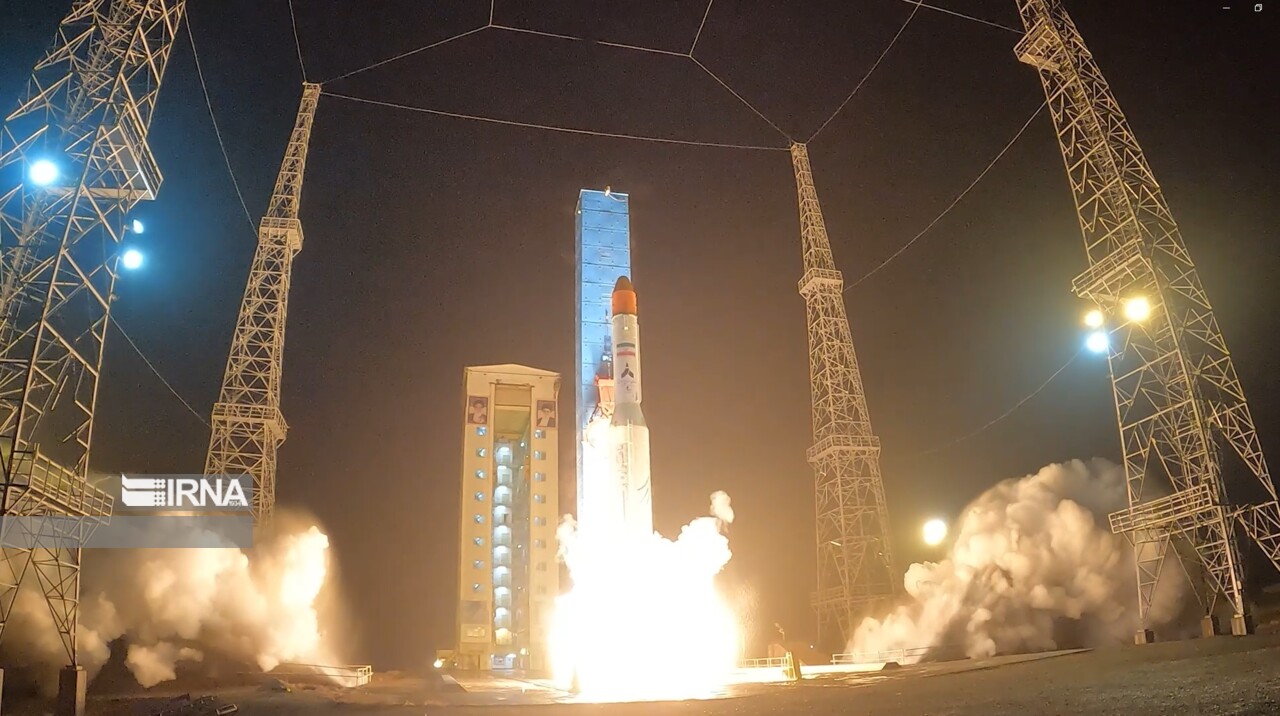Iran close to reaching geostationary space orbit

Tehran, IRNA – For the first time, the Islamic Republic of Iran has successfully put three homegrown satellites into space orbits with minimum and maximum altitudes of 450 km and 1,100 km above the Earth's surface, getting close to reaching the Geostationary Orbit (GEO), also known as geosynchronous orbit, after years.
The latest launch, carried out on Sunday using Simorgh satellite carrier, reached the Earth's elliptical orbit, making it distinctive from the country’s previous launches that put satellites into space orbits with the altitude of 400 to 750 km above the Earth’s surface.
The Sunday launch is regarded as a significant move by Iran, as it marks the first step by the country to reach the Geostationary Transfer Orbit (GTO) and then access the GEO that has an approximate altitude of 36,000 km above the Earth’s surface.

The GTO is an elliptical orbit that is used to reach GEO. It has features which can be used to move satellites to other orbits such as GEO with the least amount of energy.
Following the inaugural of President Ebrahim Raisi’s administration in August 2021, Iran’s Supreme Council of Space resumed its meetings after ten years. The meetings, chaired by the president, has already approved the plan to reach GEO by the Iranian calendar year 1404 (to start in March 2025).
Iran’s Minister of Information and Communications Technology Issa Zarepour has said that for the first time, Simorgh simultaneously put Mahda satellite and two other research payloads into orbit, adding that Mahda's signal has been received.
Mahda, Keyhan-2, and Hatef-1 research satellites were put at altitudes between 450 and 1,100 kilometers above the Earth’s surface on Sunday.





